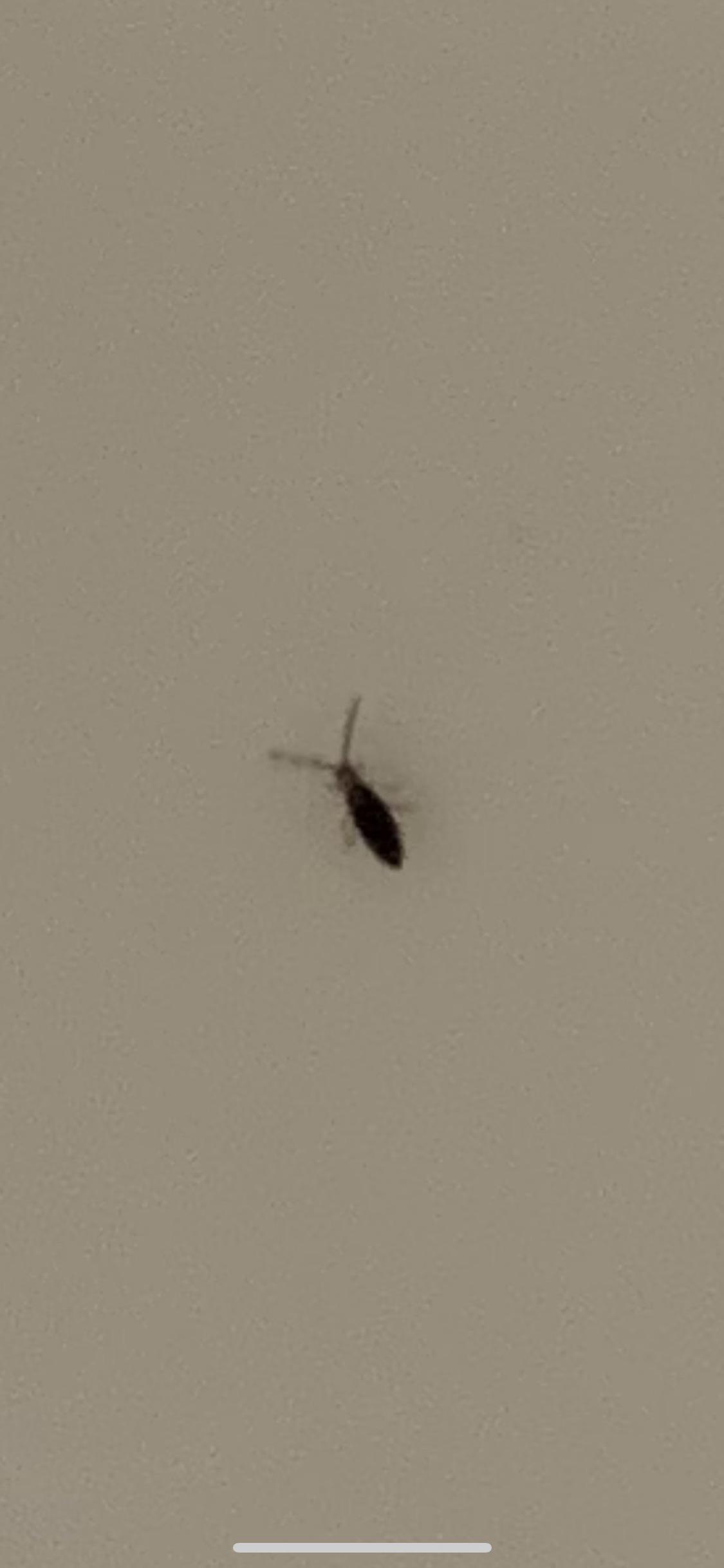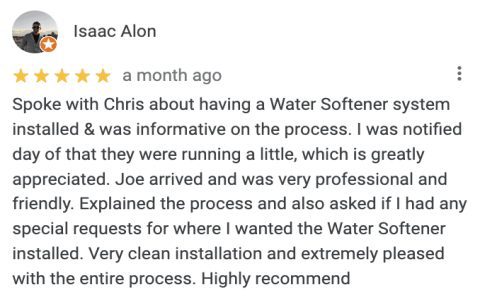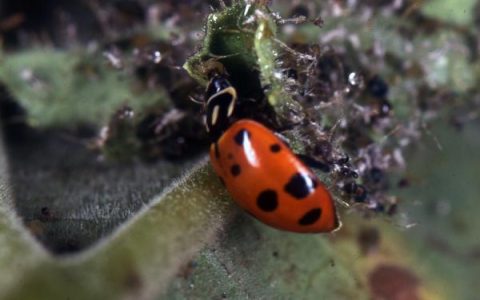Identifying Little Tiny Black Bugs in Your Bathroom
Discovering tiny black bugs in your bathroom can be unsettling. These pests are typically drawn to the moisture and organic matter commonly found in this environment. Identifying the specific type of bug is the first step towards effective elimination.
Common Bathroom Pests:
- Drain Flies (Psychodidae): Often mistaken for gnats, these small, fuzzy, dark-winged insects are frequently found around sink drains, shower drains, and toilets. They breed in the organic sludge that accumulates in pipes. Their larvae are tiny and worm-like.
- Springtails (Collembola): These minuscule, wingless insects thrive in damp conditions. They are often dark-colored (black, grey, or brown) and get their name from their ability to jump when disturbed, using a tail-like appendage. You might find them near leaky pipes, damp grout, or under mats.
- Fungus Gnats (Sciaridae/Mycetophilidae): Similar in appearance to small mosquitoes, fungus gnats are attracted to damp soil and decaying organic material, including mold and mildew. If you have houseplants in or near your bathroom, or persistent mold issues, these could be the culprits.
- Booklice/Psocids (Psocoptera): Very small, pale to dark grey or brown insects that feed on mold and fungi. They thrive in humid environments and can be found on damp walls or near plumbing.
- Drain Mites: These are very small arthropods that can inhabit the organic buildup within drains. They thrive in moist, dark environments and feed on decaying matter. Often, what people refer to as "drain mites" might actually be drain fly larvae or other tiny organisms thriving in the drain's biofilm rather than true mites easily visible to the naked eye.
Causes and Prevention
The primary attractants for these tiny black bugs are:

- Excess Moisture: Leaky faucets, condensation, poor ventilation, and standing water create ideal breeding grounds.
- Organic Debris: Hair, soap scum, skin cells, and other organic matter accumulating in drains, on surfaces, or in damp corners provide a food source.
- Mold and Mildew: These fungi thrive in damp conditions and serve as food for several types of tiny bugs.
Effective Control Measures:
- Thorough Cleaning: Regularly clean drains using a stiff brush and appropriate drain cleaners (e.g., enzymatic cleaners or a baking soda and vinegar mixture followed by hot water) to remove organic buildup. Clean sinks, showers, bathtubs, and floors meticulously, paying attention to corners and crevices.
- Reduce Moisture:
- Ensure proper ventilation by using an exhaust fan during and after showers. If an exhaust fan is not present, open a window if possible.
- Repair any leaks promptly, including dripping faucets or pipes.
- Wipe down wet surfaces like shower walls and countertops after use.
- Consider using a dehumidifier if your bathroom is chronically damp.
- Seal Entry Points: Caulk cracks and crevices around pipes, baseboards, windows, and tiles to eliminate hiding spots and entry routes for pests.
- Address Mold: Clean any visible mold or mildew with appropriate cleaning solutions designed for mold removal. Identify and rectify the source of moisture causing mold growth.
Persistent infestations may require repeated treatments. If DIY methods are insufficient after consistent application, consulting a professional pest control service is advisable to identify and resolve the issue effectively.









